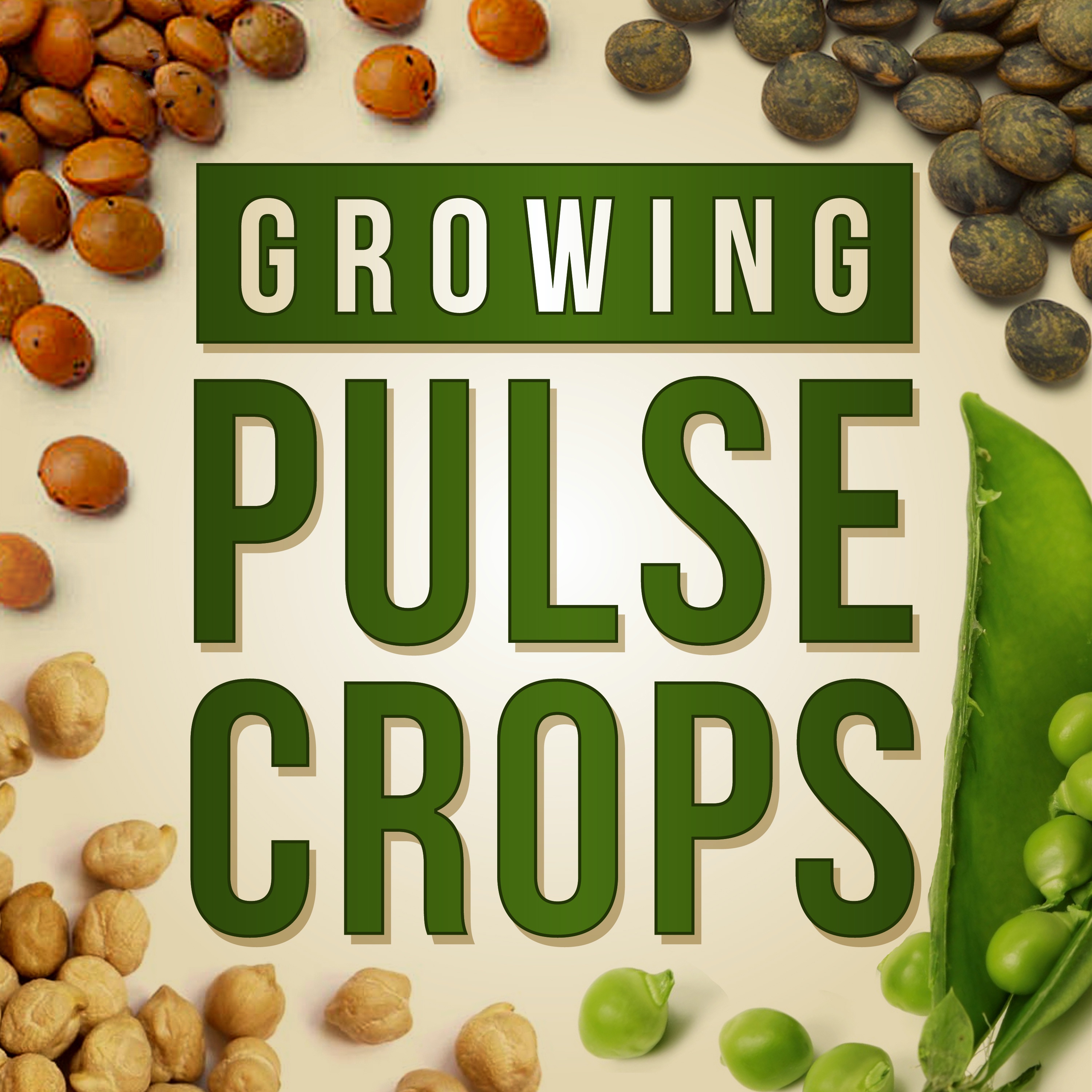U.S. Pulse Quality Survey
Dr. Clifford Hall is a professor in the dairy and food science department at South Dakota State University. He also oversees research on pulse quality and utilization of pulses in food systems. Over the years, Dr. Hall has mentored several students completing research on peas, lentils, and chickpeas. These projects range from including pulses in extruded snacks to using aquafaba as an egg replacer to looking at the functional properties of pulse flours and other pulse fortified products. Dr. Hall has also overseen the annual U.S. Pulse Quality Survey since 2014. He shares how this information is used by the industry, what trends he is seeing in food applications for pulse crops, and where pulses fit into the nutrient density conversation.
“ If you are someone that looks at I want to sell the flour, I'm likely going to go to the functionality test, the water absorption index that tells you how much water the pulse can absorb. And that would be important if you want to make, say a gluten-free cookie or you want to put it in a wheat bread. So I think those are really kind of the ones that a lot of times the most interest is in the protein and then some of these functional properties.” - Dr Cliff Hall
This Week on Growing Pulse Crops:
- Meet Dr. Clifford Hall, a professor in the dairy and food science department at South Dakota State University
- Discover possible new applications for pulse crops as a food additive and the benefits they offer processors
- Explore the data illustrated in the annual U.S. Pulse Quality Survey and how this information can be used in the pulse crop industry
Growing Pulse Crops is produced by Dr. Audrey Kalil and hosted by Tim Hammerich of the Future of Agriculture Podcast.

